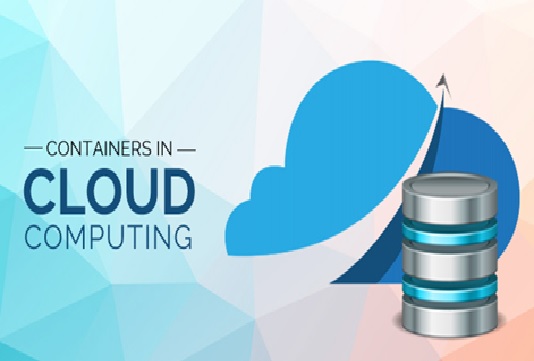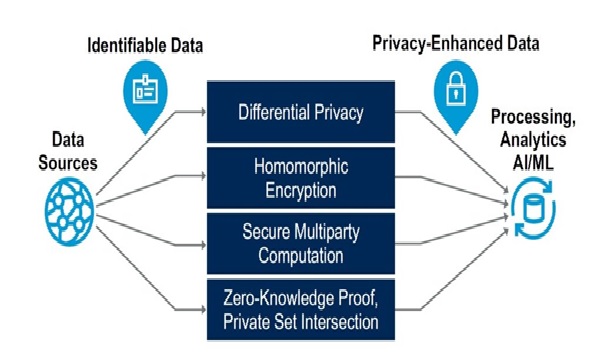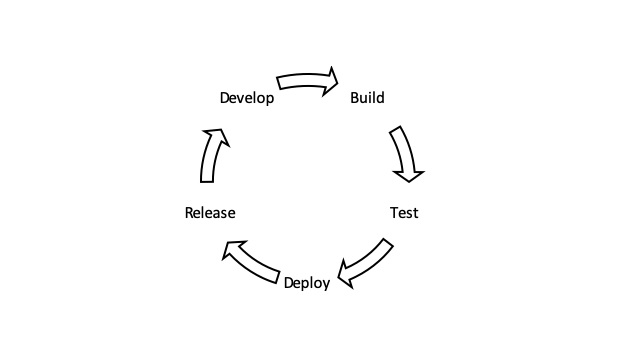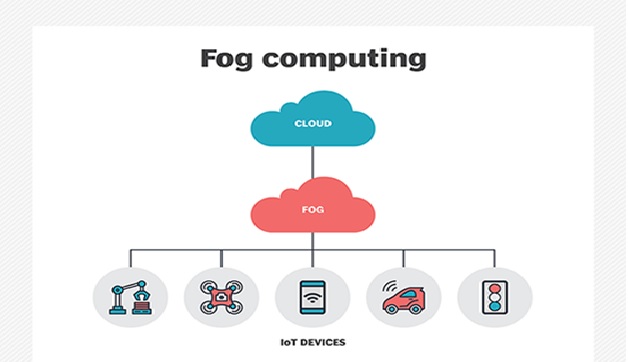Open Source Cloud Computing
Open source is a term that originally referred to open source software (OSS). Open source software is code that is designed to be publicly accessible—anyone can see, modify, and distribute the code as they see fit. Open source software is developed in a decentralized and collaborative way, relying on peer review and community production. Open source software is often cheaper, more flexible, and has more longevity than its proprietary peers because it is developed by communities rather than a single author or company.[1]
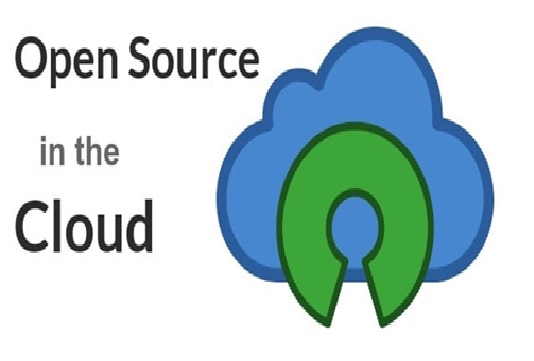
Figure 1. The Open Source Cloud Computing
Figure 1 shows An open-source cloud is designed and developed using open-source technologies and software such as:
- Open-source operating system, DBMS and software development frameworks
- Open-source workflow and business applications
- Virtualization stack (Hypervisor, virtualization management)
- Hardware with open-source firmware
Moreover, open-source cloud may also refer to any cloud service that provides open-source software or service to end users or businesses. Businesses/cloud providers have the option to customize open-source cloud solutions to a greater extent, which is generally prohibited in closed-source cloud models.[2]
List of Open-Source Cloud Platforms and Tools
1] OpenStack
OpenStack is used for cloud computing. It is used as an infrastructure as a service (Iaas). The software is meant to create private and public clouds. Users will be able to control compute, storage and networking resources throughout a data centre. This is operated from a dashboard or through OpenStack’s API. Backed by the most influential companies in software development and hosting, with thousands of individual community members, many think that OpenStack is the future of cloud computing.
2] Eucalyptus
Eucalyptus is open-source software for creating AWS-compatible private and hybrid clouds. It is also a Linux-based software architecture that performs scalable private and hybrid clouds within your IT infrastructure. It lets you use your collections of resources using a self-service interface whenever needed. As an infrastructure as a Service (IaaS), Eucalyptus also enables your users to provision your compute and storage resources on demand.
3] OpenNebula
OpenNebula is a flexible turnkey open-source solution to create Private Clouds and maintain Data Center virtualisation. It implements IaaS. The first open-source version was released in March 2008. It is intended to be a simple but feature-rich customisable solution to manage enterprise clouds. It is also simple to install, update and operate by the administrators; and easy to use by end-users.
4] Apache CloudStack
It is known to be a top-level project of the Apache Software Foundation. Apache CloudStack maintains networks of virtual machines as an Infrastructure as a Service (IaaS). CloudStack is a multi-hypervisor, high-availability cloud management platform. It is software that provides a cloud Orchestration layer, providing automation of the creation, provisioning and configuration of IaaS components.
5] VirtEngine
VirtEngine can be utilized to build private or public clouds supporting IaaS, PaaS and SaaS. It allows customers to make use of applications in a few clicks. VirtEngine has a lot of applications, and a simple user interface for you to self-serve your needs. VirtEngine by DET.io is open as two separate solutions for the public and private cloud. The Public Cloud lets users build their own cloud and present servers to customers. The Public Cloud is open as a minified edition and a complete solution.[3]
References:
- https://www.redhat.com/en/topics/open-source/what-is-open-source
- https://www.techopedia.com/definition/29856/open-source-cloud
- https://www.sndkcorp.com/top-open-source-cloud-platforms-and-tools-for-enterprises/
Cite this article:
Thanusri swetha J (2021), The Open Source Cloud Computing, AnaTechMaz, pp. 34




